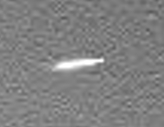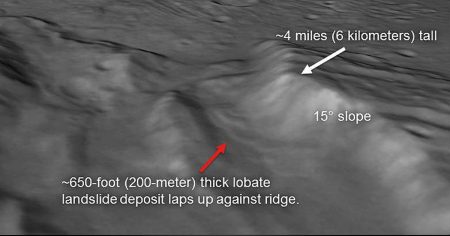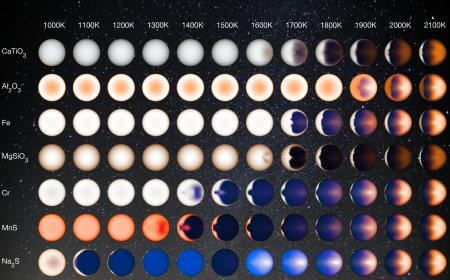Did Viking discover life on Mars?
Link here. The article provides a very detailed review of the conflicting results from the various 1970s Viking lander experiments, one of which strongly suggested the presence of microorganisms.
Overall, these life-detection experiments produced surprising and contradictory results. One experiment, the Labeled Release (LR) experiment, showed that the Martian soil tested positive for metabolism—a sign that, on Earth, would almost certainly suggest the presence of life. However, a related experiment found no trace of organic material, suggesting the absence of life. With no organic substances, what could be, or seem to be, metabolizing?
In the forty years since these experiments, scientists have been unable to reconcile the conflicting results, and the general consensus is that the Viking landers found no conclusive evidence of life on Mars. However, a small minority of scientists argues that the Viking results were positive for life on Mars.
The contradictory Viking results have never been fully explained. Many theories have been proposed, ranging from the chemical to the biological, but none have satisfied anyone.
Link here. The article provides a very detailed review of the conflicting results from the various 1970s Viking lander experiments, one of which strongly suggested the presence of microorganisms.
Overall, these life-detection experiments produced surprising and contradictory results. One experiment, the Labeled Release (LR) experiment, showed that the Martian soil tested positive for metabolism—a sign that, on Earth, would almost certainly suggest the presence of life. However, a related experiment found no trace of organic material, suggesting the absence of life. With no organic substances, what could be, or seem to be, metabolizing?
In the forty years since these experiments, scientists have been unable to reconcile the conflicting results, and the general consensus is that the Viking landers found no conclusive evidence of life on Mars. However, a small minority of scientists argues that the Viking results were positive for life on Mars.
The contradictory Viking results have never been fully explained. Many theories have been proposed, ranging from the chemical to the biological, but none have satisfied anyone.








